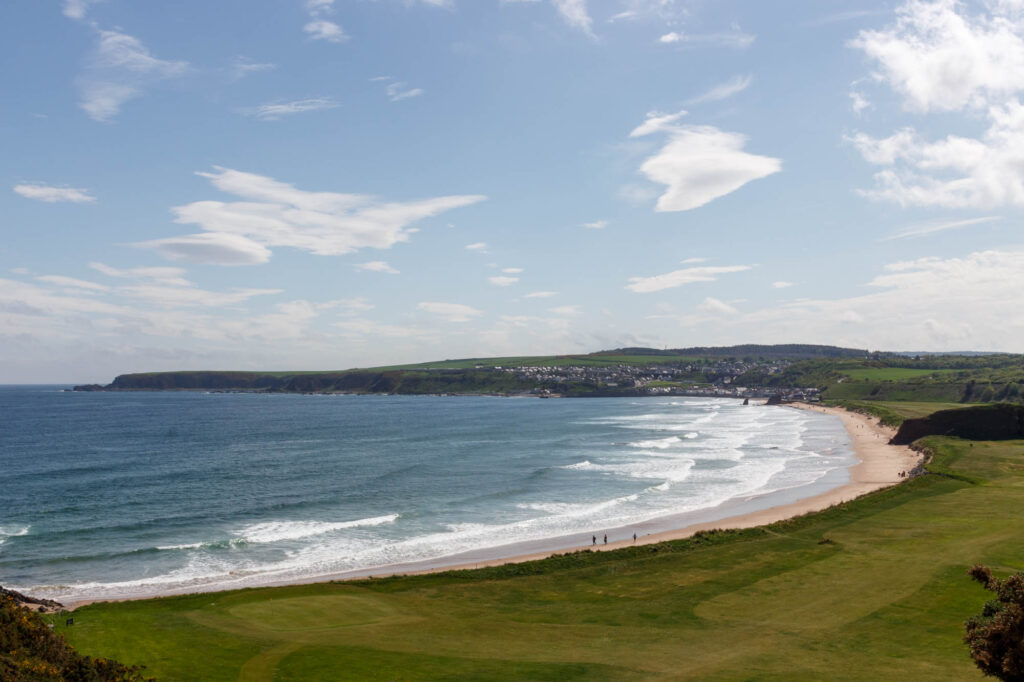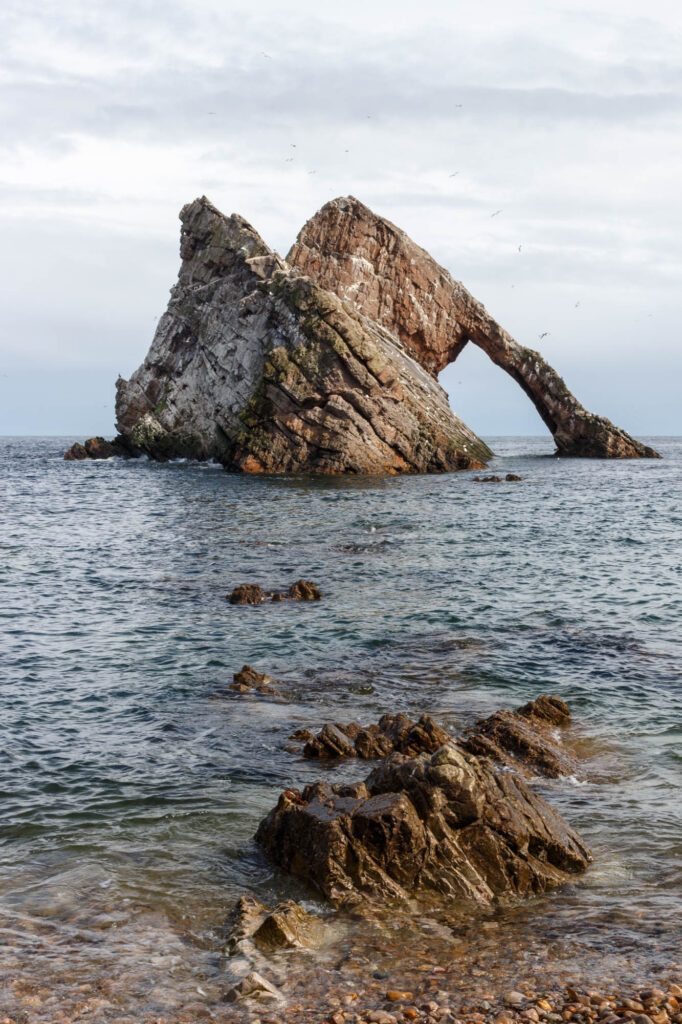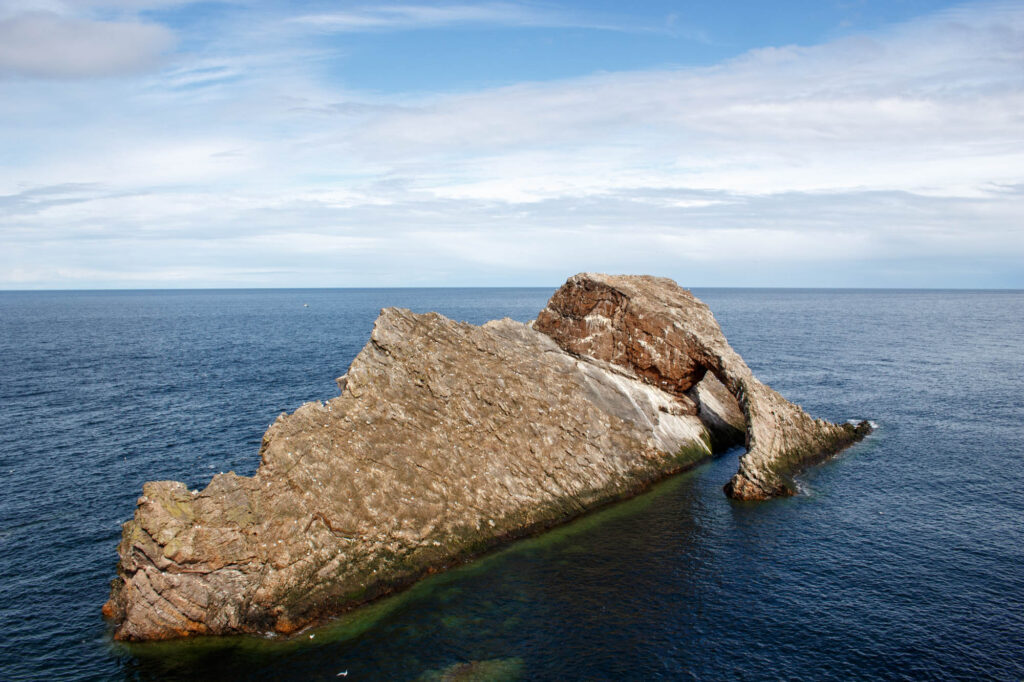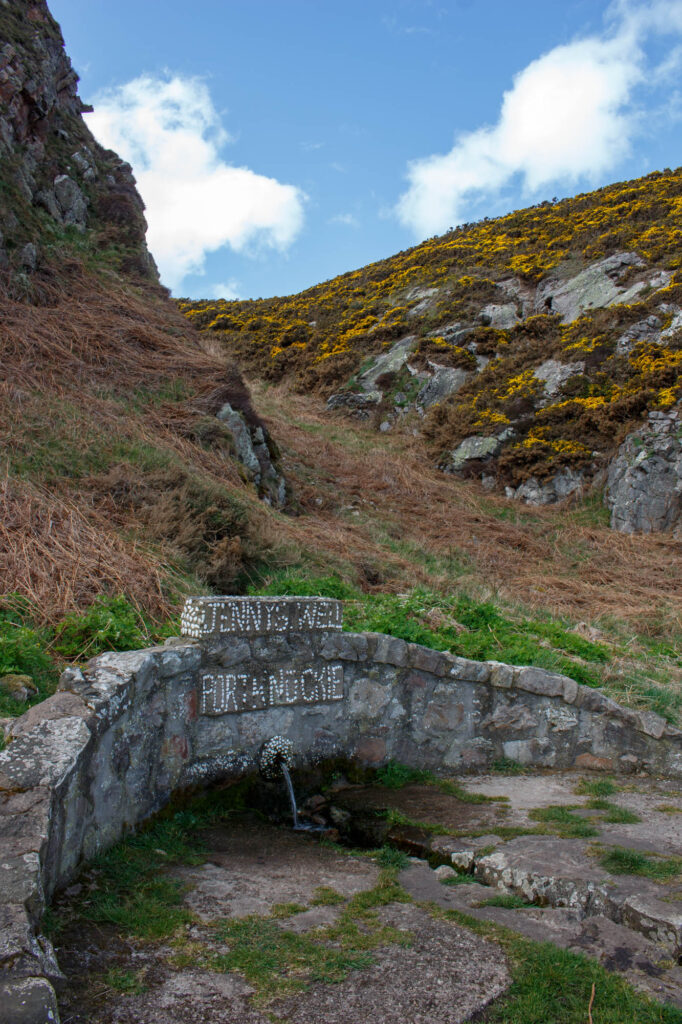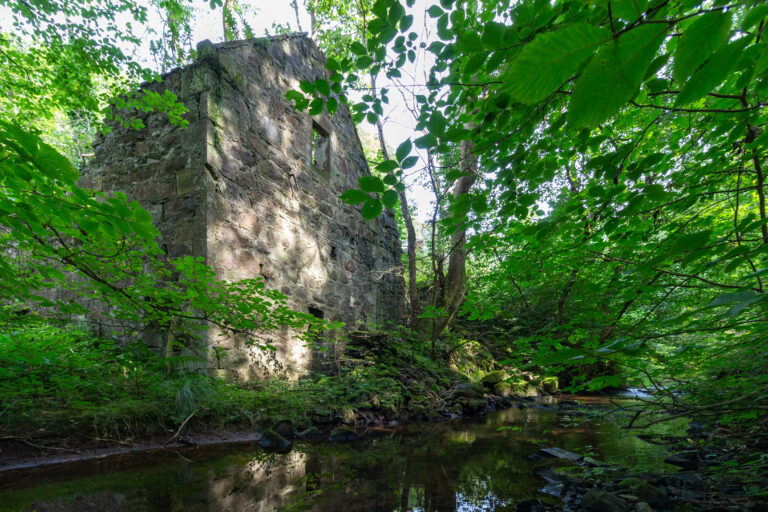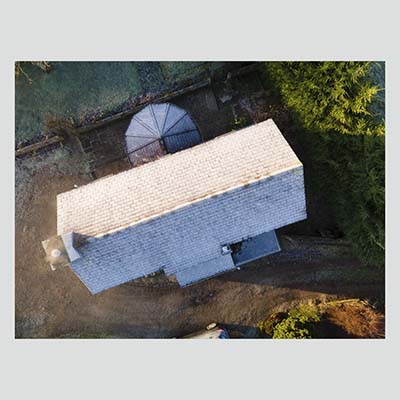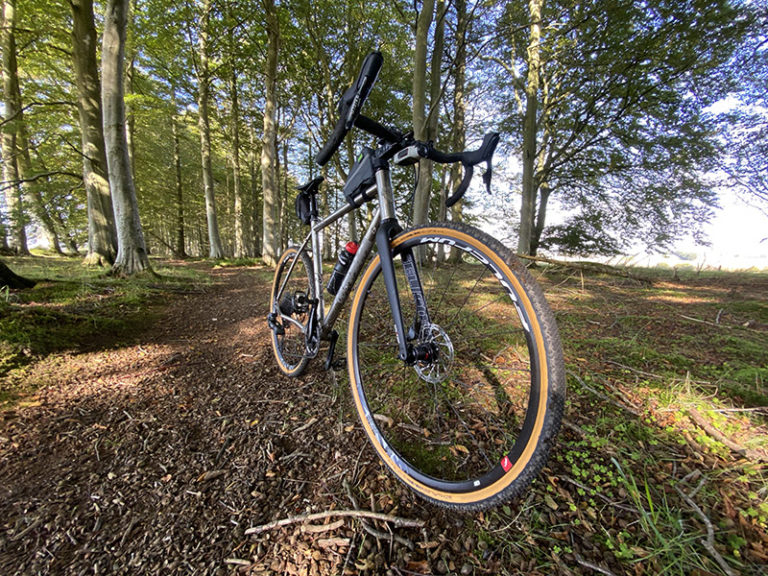Cullen and Portknockie
At Easter, I visited Cullen and Portknockie. I’d been to Cullen many times, although only for ice cream or a meal in one of the hotels or cafes, and I’ve long want to explore the beach, cliffs and neighbouring villages. I’d planned to follow the walk detailed on the MackWalks website – but I was thwarted by the tide!
Cullen
Cullen is a large village on the Moray coast, about 50 miles from Aberdeen and 30 miles from Elgin. It’s famous for its beach, its viaducts and its soup – Cullen Skink.
The harbour, once home to the village’s fishing fleet, was designed by Thomas Telford. Cullen Skink is a soup made of smoked fish, usually haddock, potatoes, onions and cream. The Cullen Skink World Championships are held annually in the village. The eight-span viaduct dominates the view of the west of Cullen and was part of the Great North of Scotland Railway. Saved from demolition when the railway closed in 1968, it now forms part of a cycle and walk path.
Arriving at Cullen, I parked at the east end of the beach, near the golf club. I had intended to walk to Portknockie along the beach, but the tide put paid to that. Once at the west end of the beach, I detoured along the edge of the golf course and found a path up to the top of the cliffs. This took me out at the old railway line, on the edge of Portknockie.
Portknockie
Portknockie is the next village along the coast from Cullen. Like many on this coast, it was once a prosperous fishing port, but its harbour is now mostly filled with pleasure vessels.
I walked down through Portknockie to the sea front and along a steep track to the harbour, passing the mosaic fish created by local artist Geoff Roberts for the 2009 homecoming. I was surprised by the size of the harbour – I’d been expecting similar to the size of Whitehills harbour. I can see why it was a thriving fishing port in its day.


From the harbour, it was back up to the cliffs.
The village was also home to the Green Castle, located on a rocky promontory. The promontory fort is believed to date back to 1000BC and occupied up until the coming of the vikings in 1000AD. It was extensively excavated during the late 70s and early 80s.
First stop on the cliff path was Bow Fiddle Rock, which must be the most photographed sea rock in Scotland! I walked down to the small cove in front of the rock to get some pictures from a different angle. The path down is quite narrow and uneven in parts. Although Bow Fiddle Rock is probably the most impressive, there’s a number of other outcrops and rocks in this area. There’s also a couple of sea caves, although these are only accessible at low tide.
As I walked along the path back towards Cullen, it was interesting to see Bow Fiddle Rock from a different angle, where it looked more like it should be called Whale Tail Rock!
I headed down the set of steps from the cliff top to the shore, with the intention of walking back to Cullen along the beach. Unfortunately, the tide was still too far in, so I retraced my path back up the steps, passing Jenny’s Well on the way.
Once back on the cliff-top, I followed the path back to Portknockie and walked along the old railway line to Cullen. The first part of this is pretty boring, as the line passes through a cutting. Once you’ve past the Cullen Bay Hotel (lovely food, by the way), however, the view gets better with fantastic views over the beach and the roof tops of the sea front houses.

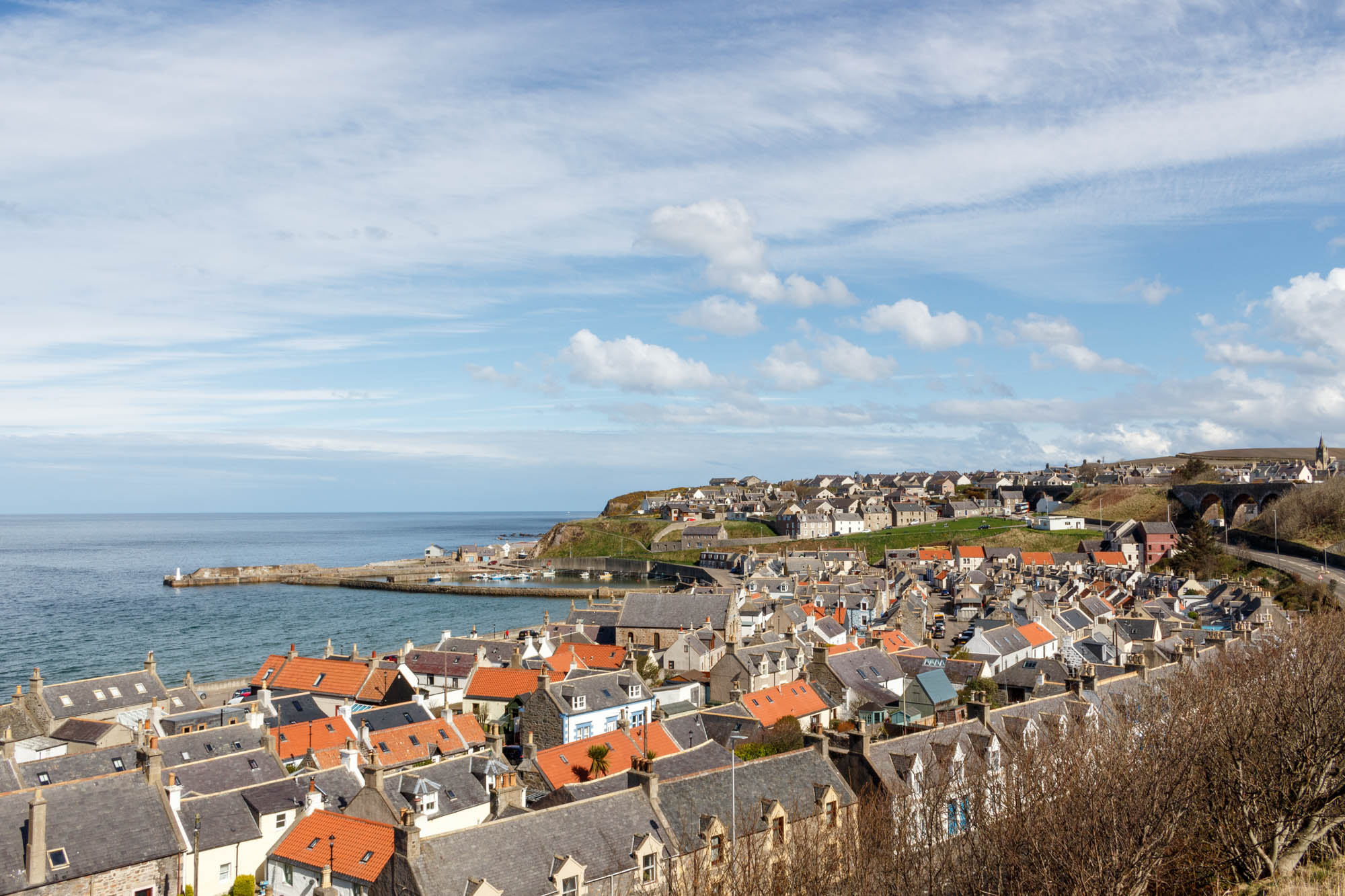
The old railway line ends up in the main square at Cullen, where there’s a number of cafes and bars.
The old railway line forms part of National Cycle Route 1 and is also the start of the Moray Coastal Trail cycle route from Cullen to Burghead, a distance of about 45 km (29 miles). Obviously, now that I’ve found about out this, it’s on my radar for later this year!
All in all, a great walk with some lovely views and nice photo opportunities. If you intend to walk right along the beach, or visit some of the sea caves, check the tide times!

